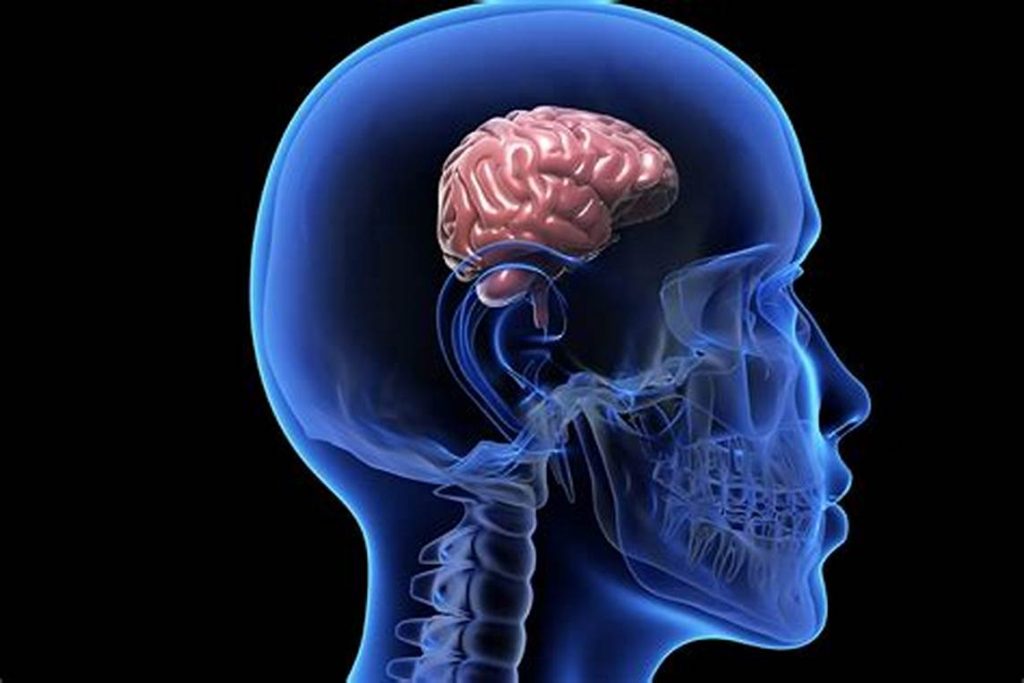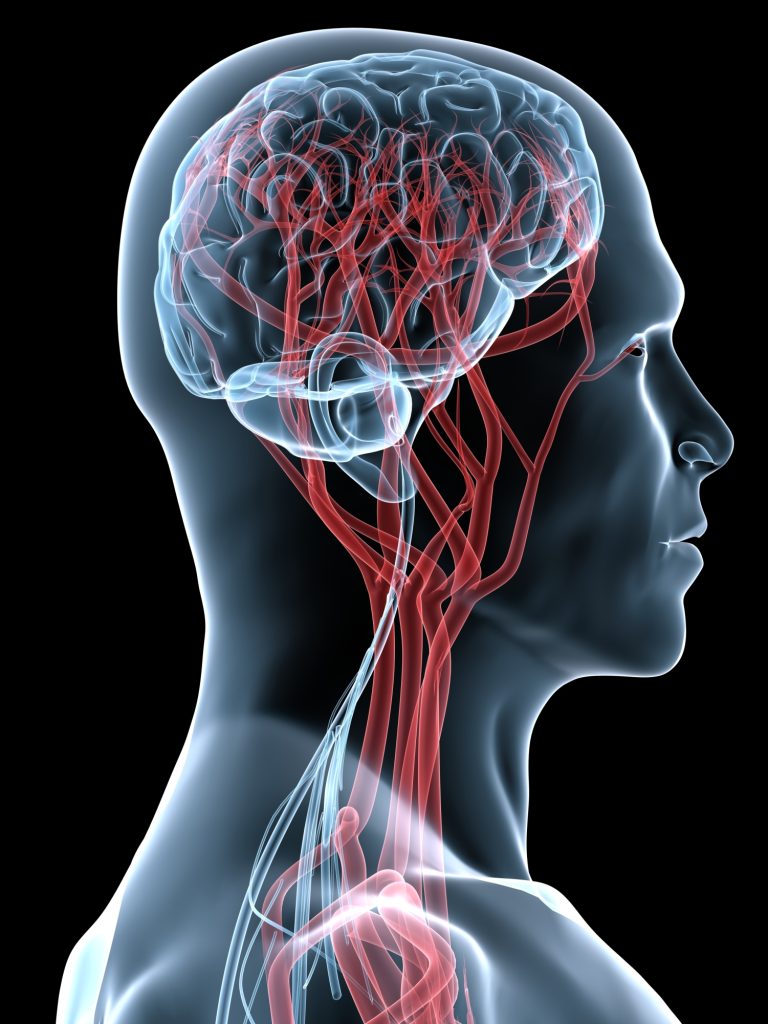
The human brain is the central organ of the human nervous system and serves as the control center for the body. It is located inside the skull and is made up of approximately 86 billion neurons (nerve cells) that communicate through electrical and chemical signals.
Key Functions of the Human Brain:
- Cognitive Functions: Thinking and Reasoning: The brain is responsible for complex cognitive processes such as problem-solving, decision-making, and planning.
- Memory: It stores and retrieves information, enabling learning and recall of past experiences.
- Language: The brain allows us to understand and produce language, both spoken and written.
- Sensory Processing:It interprets sensory information from the environment, such as sight, sound, touch, taste, and smell. The brain integrates these inputs to create an understanding of the world around us.
Motor Control:
The brain sends signals to muscles to control movement, from basic actions like walking to complex tasks like playing an instrument.
- Autonomic Functions:
The brain regulates involuntary processes such as heart rate, breathing, digestion, and blood pressure through the autonomic nervous system.
Emotions and Social Behavior:
The brain is involved in the regulation of emotions, social interactions, and behavior, often through the limbic system and other regions associated with emotional processing.

Homeostasis:The brain helps maintain internal balance by controlling things like temperature regulation, hunger, and sleep cycles.cc
Consciousness and Awareness:
The brain creates our conscious experience, including self-awareness, perception, and the subjective experience of being alive.
These functions are distributed across different regions of the brain. For example, the frontal lobe is crucial for reasoning and decision-making, the temporal lobes process sensory input and memory, and the occipital lobe is primarily responsible for vision.
Overall, the brain is an incredibly complex organ, coordinating nearly every aspect of human life.
The human brain is divided into several key parts, each with specific functions. Here’s an overview of the major regions and their roles:
. Cerebrum (Largest part of the brain)
Divided into two hemispheres (left and right) that control opposite sides of the body.
Functions:
Motor control: Movement and coordination.
Sensory processing: Touch, sight, taste, hearing, and smell.
Cognition: Thinking, reasoning, problem-solving, and memory.
Emotion and behavior: Emotion regulation, personality, and social behavior.
Major lobes of the cerebrum:
Frontal Lobe: Associated with reasoning, planning, movement, and problem-solving. It also plays a role in emotions and speech.
Parietal Lobe: Processes sensory information related to touch, temperature, and pain.
Temporal Lobe: Involved in auditory processing, memory, and speech.
Occipital Lobe: Primarily responsible for visual processing.
2. Cerebellum
Located at the back of the brain, below the cerebrum.
Functions
Coordination and fine motor control (e.g., walking, balancing).
Helps maintain posture and motor learning (e.g., learning new physical tasks).

